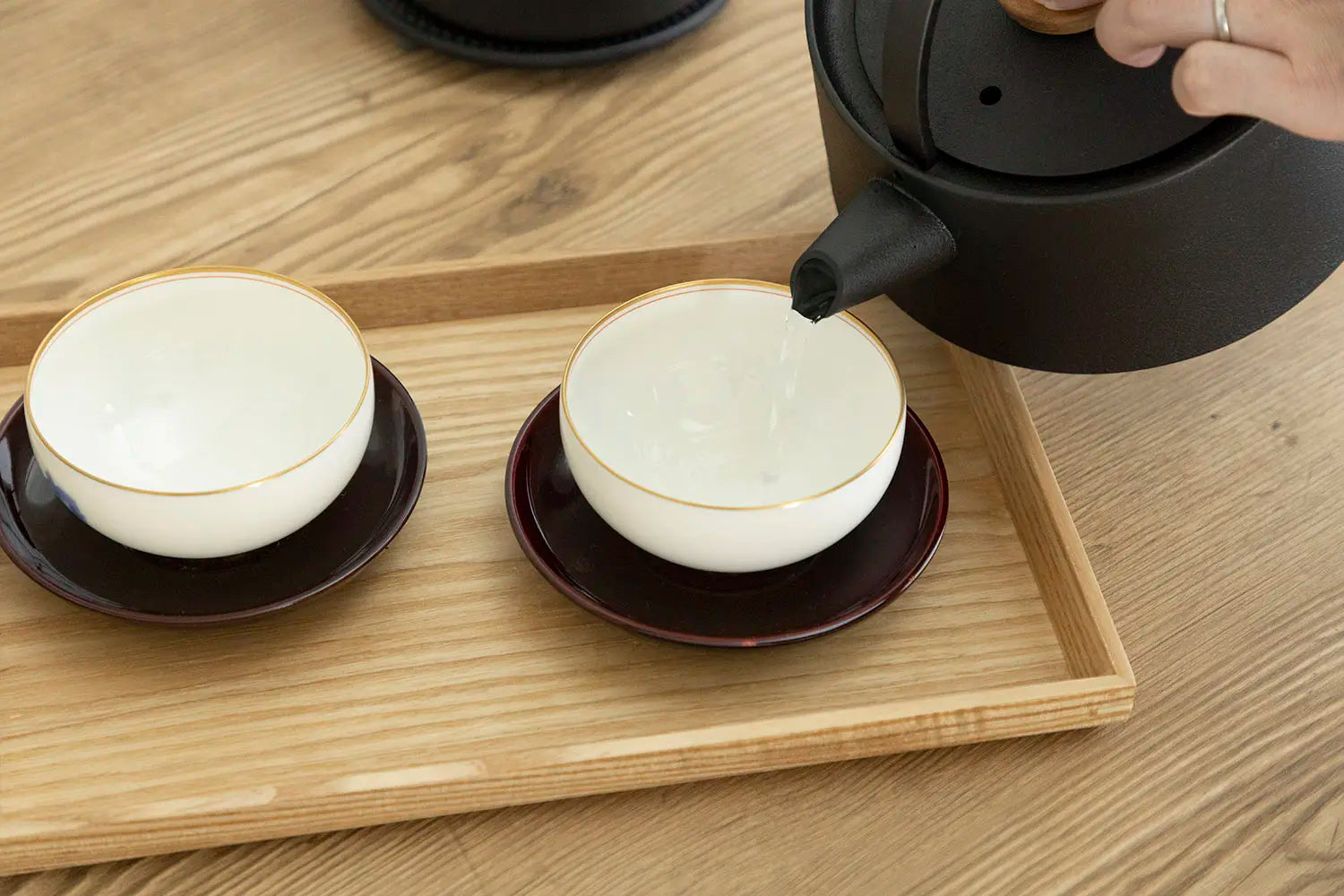For those who have embraced the art of Moroccan cooking, a tagine pot is an indispensable tool. However, to ensure its longevity and enhance its cooking capabilities, proper seasoning is crucial. This article will explore how to season your tagine pot for long-term use, ensuring it remains a staple in your kitchen for years to come.

Understanding the Tagine Pot
The tagine pot is a traditional North African cooking vessel, known for its conical lid and ability to produce tender, flavorful dishes. Made from either clay or ceramic, these pots require careful handling and maintenance. Seasoning not only helps to prevent cracking but also enhances the natural flavors of your dishes.
Why Seasoning is Essential
Seasoning your tagine pot creates a protective layer that prevents food from sticking and makes cleaning easier. More importantly, it helps to seal the porous surface of the clay, preventing moisture loss and enhancing the pot's heat retention capabilities. Seasoning is a simple yet vital step in maintaining your pot's performance and longevity.
Steps to Season Your Tagine Pot
Before starting the seasoning process, it's important to ensure your tagine is clean and dry. Follow these steps for optimal results:
- Soak and Dry: Begin by soaking the lid and base in water for at least an hour. This step is crucial for clay tagines, as it prepares the surface to absorb the oil during seasoning.
- Apply Oil: Once dry, rub a thin layer of olive oil onto the inside and outside surfaces of the pot and lid. This oil layer will penetrate the clay, providing a non-stick coating.
- Heat Gradually: Place the oiled tagine in a cold oven, then slowly increase the temperature to around 300F. Allow the tagine to bake for two hours, which will help the oil to set into the clay.
- Cool Naturally: Turn off the oven and let the tagine cool inside. This gradual cooling process helps to prevent thermal shock, which can crack the pot.
Maintaining Your Tagine After Seasoning
Once your tagine is seasoned, ongoing maintenance is key to preserving its integrity. Avoid using dish soap, as it can strip the seasoned layer. Instead, use warm water and a soft brush for cleaning. For more detailed maintenance tips, you can check out how to clean and maintain your tagine pot.
Common Mistakes to Avoid
Even experienced chefs can make mistakes with their tagines. Here are some pitfalls to watch out for:
- Skipping the Soaking Step: This can lead to uneven seasoning and potential cracking.
- Using High Heat: Always start with a cold oven and increase the temperature gradually to avoid damaging your tagine.
- Neglecting Regular Maintenance: Regular use and lack of care can deteriorate the seasoned layer, making the pot less effective.

Frequently Asked Questions
What type of oil is best for seasoning a tagine?
Olive oil is commonly used due to its ability to penetrate the clay and create a durable non-stick surface.
Can I use my tagine on a stovetop?
Yes, but it's important to use a heat diffuser to prevent direct contact with the flame, which can cause cracking.
How often should I re-season my tagine?
Re-seasoning is recommended every few months or if you notice food starting to stick to the surface.
For more insights on cookware options, you might consider reading about the differences between a tagine pot vs Dutch oven to determine which suits your cooking style best.
In conclusion, proper seasoning of your tagine pot is an essential practice for kitchen professionals. Not only does it enhance the pot's functionality, but it also extends its lifespan, making it a worthwhile investment in your culinary toolkit. For additional recipes that can be made in a tagine, check out these unique culinary ideas to inspire your next dish.
This article contains affiliate links. We may earn a commission at no extra cost to you.






Leave a comment
This site is protected by hCaptcha and the hCaptcha Privacy Policy and Terms of Service apply.